Knotty Pine Lumber
- July 31, 2023
- 0 comment
Knotty Pine Lumber, a well-liked softwood, exudes a timeless rustic allure due to its abundance of knots and unique grain patterns. This distinct visual appeal has made it a favored choice among architects, interior designers, and homeowners alike, seeking to infuse spaces with a warm and inviting ambiance. Its natural charm and inherent cozy character make it a perfect fit for interior applications, particularly in crafting a comfortable, cabin-inspired atmosphere within residential homes, lodges, and commercial establishments.
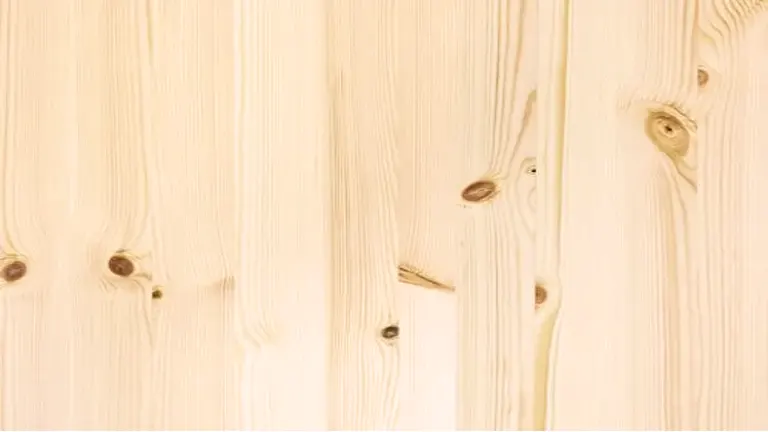
The wood’s warm, pale yellow to light brown hues, interspersed with occasional reddish-brown streaks, lend an earthy and natural touch to any space. Knotty Pine’s versatility allows it to be used for various purposes, including paneling, flooring, cabinetry, furniture, moldings, doors, and architectural millwork, providing endless opportunities to bring nature’s enchanting presence indoors.
As a timeless classic in interior design, Knotty Pine Lumber continues to captivate both traditionalists and contemporary enthusiasts. Its straight, even grain, and medium to fine texture further enhance its appeal, providing a balanced backdrop for various decorative styles. Beyond aesthetics, the wood’s workability is commendable, ensuring ease of use with both hand and machine tools.
| Category | Information |
|---|---|
| Common Name(s) | Knotty Pine, Eastern White Pine |
| Scientific Name | Pinus strobus |
| Distribution | North America (mainly Eastern US) |
| Tree Size | 65-100 ft tall, 2-3 ft in diameter |
| Average Dried Weight | 25-30 lbs/ft3 (400-480 kg/m3) |
| Specific Gravity | 0.35-0.48 |
| Janka Hardness | 380 lbf (1,690 N) |
| Modulus of Rupture | 7,500 lbf/in2 (51.7 MPa) |
| Elastic Modulus | 1.5-1.8 million lbf/in2 (10.3-12.4 GPa) |
| Crushing Strength | 5,150 lbf/in2 (35.5 MPa) |
| Shrinkage | Radial: 4.2%, Tangential: 7.6%, Volumetric: 12.1% |
Additional Information:
Color/Appearance:
Knotty Pine lumber showcases a delightful range of hues, from a pale yellow to a light brown base color. Occasionally, you may find reddish-brown streaks interwoven within the wood, adding character and visual interest. As the wood ages, it gracefully darkens, acquiring a charming patina that enhances its overall appeal. The warm and earthy tones of Knotty Pine make it a versatile and inviting choice for creating cozy, rustic atmospheres in various interior settings.
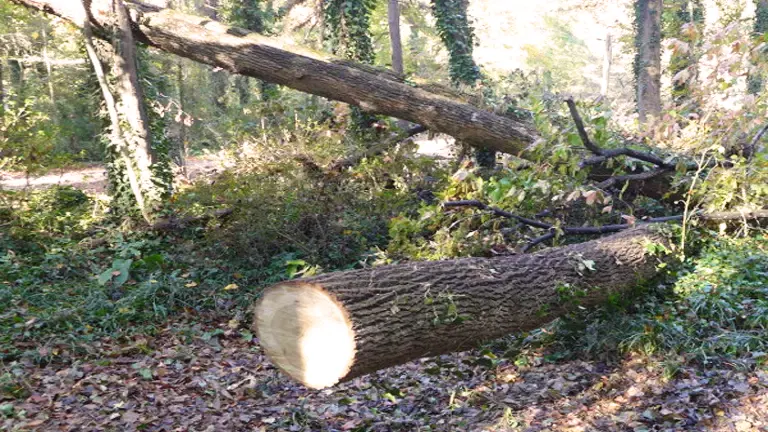

Grain/Texture:
One of the defining features of Knotty Pine is its straight and even grain, contributing to a clean and visually appealing surface. The wood’s texture is medium to fine, lending a smooth and refined appearance to finished products. The presence of knots and resin pockets adds to its distinctive rustic look, infusing spaces with a natural and timeless charm. These knots and resin features create eye-catching patterns that celebrate the beauty of imperfection, making each piece of Knotty Pine unique.
Rot Resistance:
Knotty Pine exhibits a moderate level of resistance to decay, although it falls short of the durability offered by some hardwoods. To bolster its rot resistance and ensure its longevity, proper finishing and regular maintenance are essential. Applying protective coatings can shield the wood from moisture and environmental factors, prolonging its life and retaining its aesthetic appeal.
Workability:
Working with Knotty Pine is a pleasurable experience, as the wood is remarkably easy to handle with both hand and machine tools. It cuts and shapes smoothly, allowing craftsmen to achieve precise and intricate designs effortlessly. However, care should be exercised when working around knots, as they may pose a risk of tear-out. Knotty Pine also glues and finishes well, making it an excellent material for a wide array of interior applications.
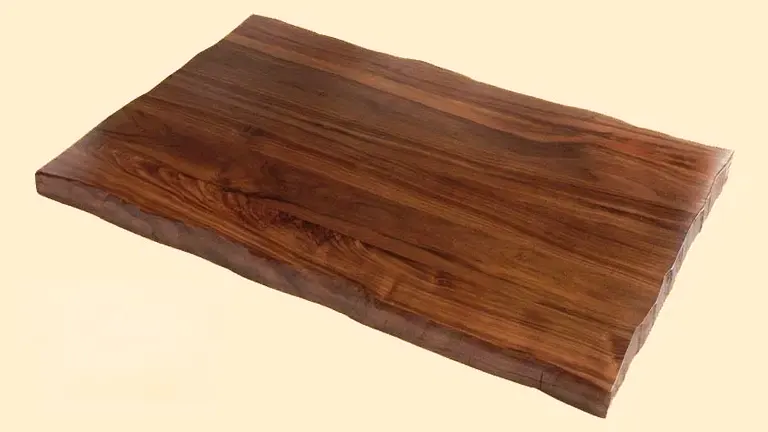

Odor:
A mild, resinous odor is a characteristic feature of Knotty Pine. While this scent may be noticed during woodworking processes, it generally dissipates over time, leaving behind the pleasing aroma of freshly crafted wooden creations.
Allergies/Toxicity:
While pine is known to cause allergic reactions in some individuals, Knotty Pine is generally considered non-toxic. However, like with any woodworking project, it’s advisable to take proper safety precautions, such as wearing personal protective equipment, to avoid potential irritations.
Pricing/Availability:
Knotty Pine is readily available in the market, and its affordability makes it a highly sought-after option for various projects. Its wide availability and reasonable cost contribute to its popularity among both professionals and DIY enthusiasts.
Sustainability:
Knotty Pine lumber is sourced from Eastern White Pine, a species known for its sustainability. Responsible forestry practices and the tree’s ability to be regenerated efficiently contribute to the species’ environmentally friendly status.
Common Uses:
Knotty Pine finds widespread usage in interior applications, showcasing its versatility and appeal. It is a popular choice for paneling, where its rustic character adds depth and warmth to walls and ceilings. The wood is also commonly used for flooring, cabinetry, furniture, moldings, and doors, bringing a touch of nature into homes and commercial spaces. Its captivating rustic charm extends to the construction of log cabins and various decorative elements, providing a sense of nostalgia and coziness to the surroundings.
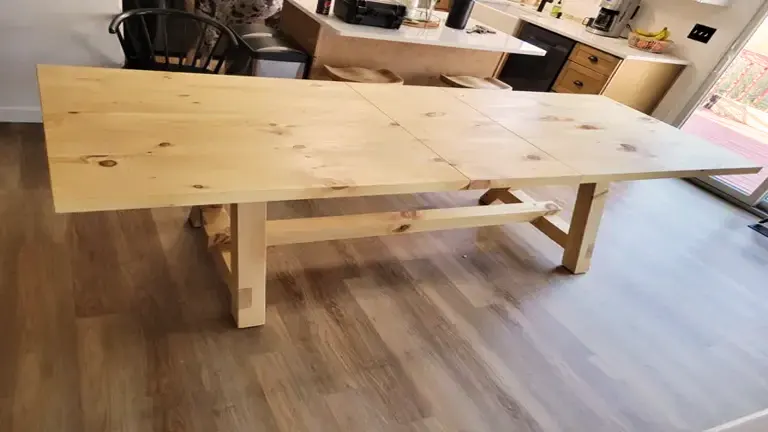

FAQs:
- Is Knotty Pine a hardwood or softwood?
Knotty Pine is a softwood, belonging to the pine family (Pinaceae). - Can Knotty Pine be used outdoors?
While it is not the best choice for outdoor applications due to its moderate decay resistance, it can be used with proper protective finishes and maintenance. - How can I protect Knotty Pine from insects and decay?
Applying appropriate wood preservatives and finishes can help protect Knotty Pine from insects and decay. - Does Knotty Pine need to be sealed or finished?
Sealing and finishing are recommended to enhance the wood’s appearance, protect it from moisture, and improve its longevity. - Is Knotty Pine suitable for staining or painting?
Yes, Knotty Pine takes stains and paints well, allowing for various decorative options. - Does Knotty Pine lumber have a strong scent?
Knotty Pine may have a mild, resinous odor, which is characteristic of many softwoods.

Edward Smith
Forestry AuthorWoodworking is about more than crafting; it's a harmonious connection with nature, mastering tools, and preserving our environment. I'm here to share my knowledge and experiences with you, forging a future where we can embrace wood's beauty and utility while safeguarding our forests' health and diversity.


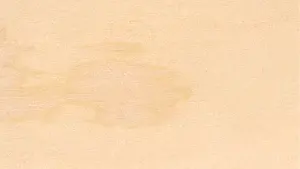
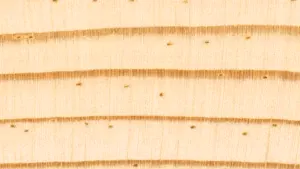

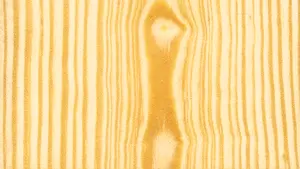


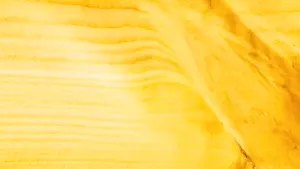
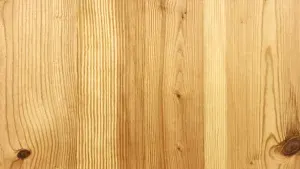
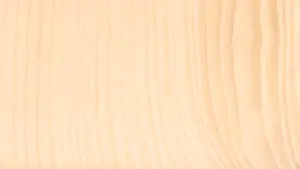
Leave your comment